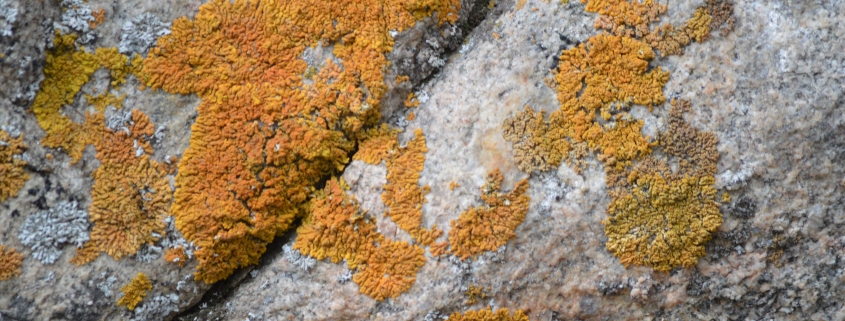How Does Temperature Affect Mold Growth?
Did you know that mold development can be influenced by the temperature in your house or place of business? How does the temperature impact the development of mould? Mould development is encouraged by many different causes. These include primarily temperature, organic materials, and moisture.
The ideal temperature for mold growth in your house or business is a less well-known factor. Based on how low or high the temperature is, mould development might be aided or hindered. Increased temperatures can promote the formation of mould, particularly on food products or damp surfaces, as high temperatures can produce owing to condensation.
Most individuals are aware that mould may grow in areas with too much moisture. Typically, indoor temperatures are managed between 60 to 80 degrees Fahrenheit. Unfortunately, many different forms of mould flourish in this temperature. While lowering the likelihood of mould formation, you may maintain a pleasant temperature for mould growth in your house or place of business.
Through this blog, we want to ensure that you possess the knowledge necessary to choose the mould removal method that is ideal for you.
Mould: How Does It Grow?
Several variables can contribute to the formation of mould. It thrives in conditions with warmth, moisture, oxygen, and a surface for the growth of mould spores. To do your best to avoid those situations, it is essential to be aware of the circumstances where mould might thrive.
How Does Mold Look Like?
Although it’s alluring to label any spore or gross growth in your house as “mould,” doing so might be challenging. Mould may appear everywhere that moisture exists, but it usually grows in damp places like your bathroom or basement or at the source of a water leak.
Mould typically starts off looking like fuzzy white specks before changing to green, blue, grey, orange, or black over time. At first, you might even confuse the spots for stains, but if they deepen and begin to smell musty, you’re probably dealing with mould. Another word for mould is “mildew,” which you may have also heard. It often appears as dry white, yellow, or grey patches.
The good news is that both issues may be resolved similarly by preventing moisture build-up and cleaning the area using a cleaner suitable for the surface in question and also the ideal temperature for mold growth.
How Much Heat Does Mold Require to Grow?
In addition to oxygen and water, mould also needs a food supply and an appropriate temperature for mould growth. Mould spores can go into a latent resting state even in the absence of optimum circumstances and wait for conditions to improve. This is why many refrigerators have the temperature set at 39 degrees.
In particular, when there is a lot of humidity in the air, a temperature range of 77 to 86 degrees Fahrenheit is optimal for mould growth. For mould spores to be properly killed, temperatures must either drop below zero or rise over one hundred degrees, the most favourable temperature for mold growth.
5 Signs That You Might Need Mold Remediation Services
Professional mould treatment goes beyond simple cleaning. Removing the cause of the fungal development, which is frequently too much moisture or moist circumstances, is the first step in this complicated procedure.
On moist, porous surfaces, mould can appear within 1-2 days, thus prevention is essential. When possible, the remediation procedure uses cutting-edge techniques to clear out all mildew and return your home or structure to its pre-damage state.
Existence of Water Damage
If specific areas of the home experience water damage and are subsequently left unattended, mould colonies will prevail. When your home has recently experienced flooding due to a storm, this frequently occurs. With a checklist in hand, you should walk through your house noting any locations where you have noticed water damage. This will be useful when the time comes for you to do your mould clean-up on those mould colonies.
Visible Mould Development & Ideal Mold Growth Temperature
Visual appearance on the ceilings, walls, or floors is the most evident indication that you have a mould problem. It’s critical to act right away if you observe a certain temperature for mould growth since, if unchecked, it will only spread. A qualified expert should only be used to remove some forms of mould since others can be highly harmful. When we discuss the ideal mold growth temperature, a humid environment is the best place for mold development and growth.
A Home Inspector Reported Mold
A home inspector will probably visually search the inside and outside of your house to look for symptoms of mould if you’re buying or selling a house. They frequently look closely at places that appear to be concealed to find mould risks like leaks and areas where moisture collects. Because mould may develop covertly, it can surprise you if an inspector finds it.
To preserve structural integrity and safeguard the health of the new homeowners, a mould remediation service can get rid of this possible risk from your house.
You Notice Musty Odours
When you begin to detect mildew-like odours, especially in spaces that frequently contain dampness, mould treatment will be required. Check carefully temperature for mould growth because the infestation might not be on a specific surface but might lurk beneath walls, in wooden structures, or even in your HVAC system.
People Are Getting Sick in Your Home
Be aware of any illnesses that household members may be suffering from. When breathed in, mould spores can lead to respiratory issues and watery eyes. If you or anybody else in your home has asthma, pay close notice since if your mould problem is severe enough, these problems will often get worse.





Leave a Reply
Want to join the discussion?Feel free to contribute!